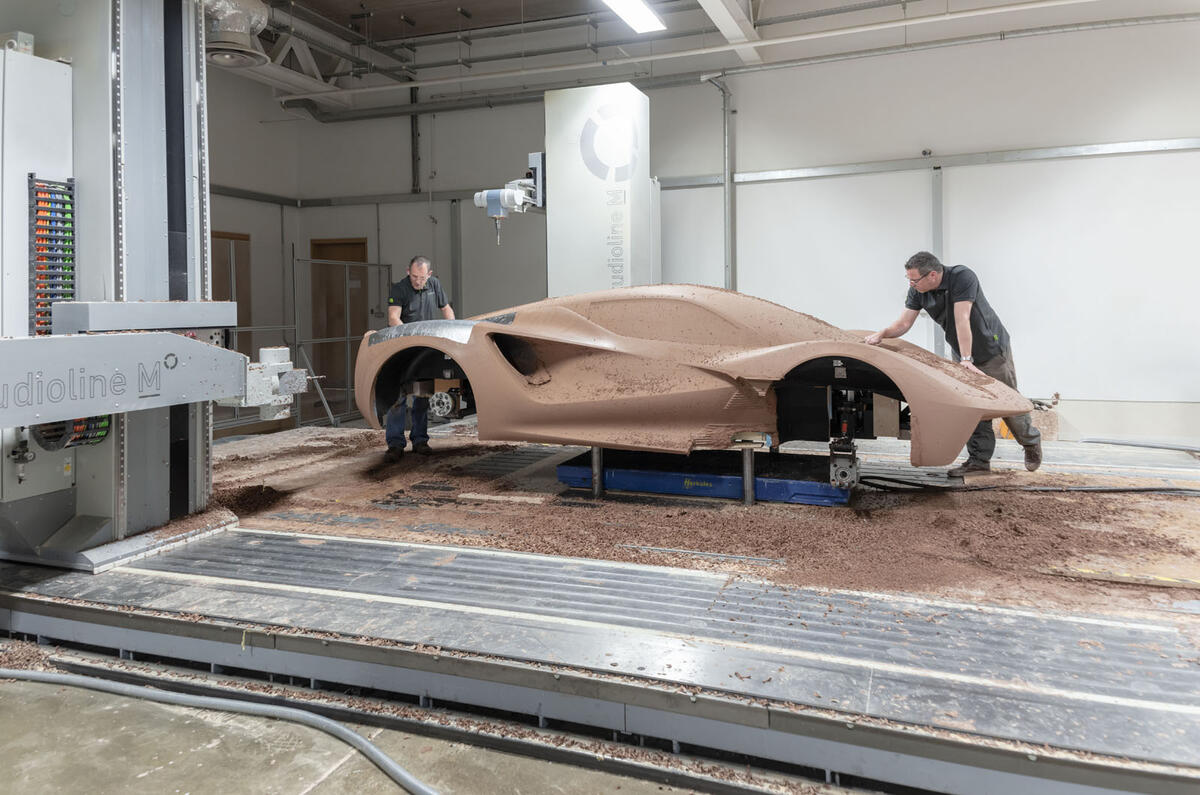The future of Lotus’s Hethel sports car design studio is unclear, as the brand considers relocating all UK styling activities to its recently established design base in Warwickshire.
Autocar understands that the Geely-owned company has started a consultancy process as it looks to reduce activity at its Norfolk studio, which has designed some of the most famous Lotus sports cars since the company moved to Hethel in 1966, right up to today's Emira and Evija.
The move follows a recent reduction in manufacturing and material-handling roles at the company's Hethel HQ and Norwich-based Advanced Structures facility, with the firm cutting up to 30 full-time jobs and a range of agency positions in January this year.
In an official statement sent to Autocar, Lotus said: “We are currently reviewing our design business, and as such, we are in the process of going through a consultation process and are unable to comment any further details than that at this stage.”
Lotus’s entire design division is headed by Ben Payne, who succeeded the late Peter Horbury as the company’s most senior designer last year.
Autocar understands that sports car designer Russell Carr – best known for the S2 Elise, the Evora, three generations of Exige and lightweight specials such as the 2-Eleven and 340R in a 24-year career at Lotus – is set to be retained, but it is not clear whether he will be responsible for shaping any future sports cars.
The company’s UK-based design efforts will now centre on the recently established Lotus Tech Creative Centre (LTCC), which was opened in 2019 as a design outpost for Lotus’s Chinese parent company, Geely, and is now home to the team responsible for designing the British firm’s ‘lifestyle’-focused electric cars.
It remains to be seen whether any of the Hethel-based designers will be transferred to the Wellesbourne studio, but Autocar understands some have already been in contact with another UK manufacturer.
Payne, who leads the approximately 120-strong team at the Warwickshire site, previously told Autocar that the establishment of a new design studio – more overtly focused on premium, rather than sporting, models – was a crucial part in Lotus’s ground-up reinvention under Geely.
“It’s vital for the success of the brand that we’re as good at [meeting] the expectations of a 22-year-old Chinese millionaire as of a person who has owned 10 Lotus products before this. It’s a hell of a responsibility,” he said, referring to the establishment of dedicated teams for the likes of UX development and interior materials at LTCC.









Add your comment